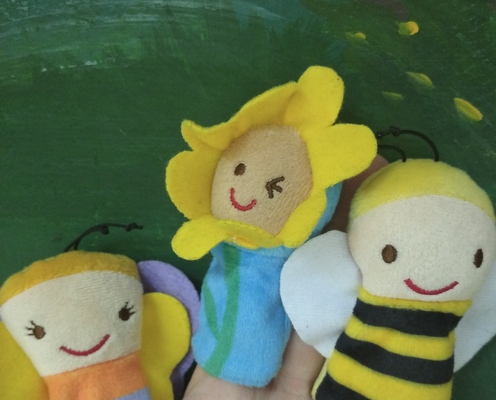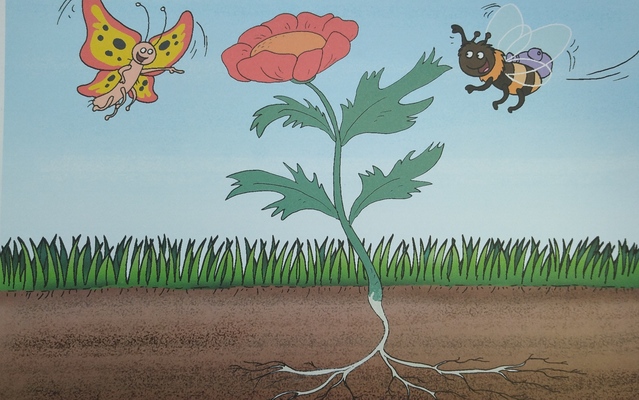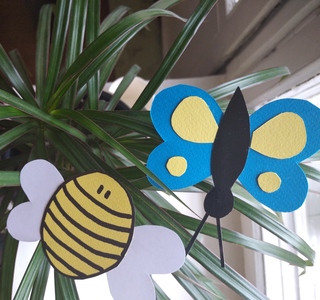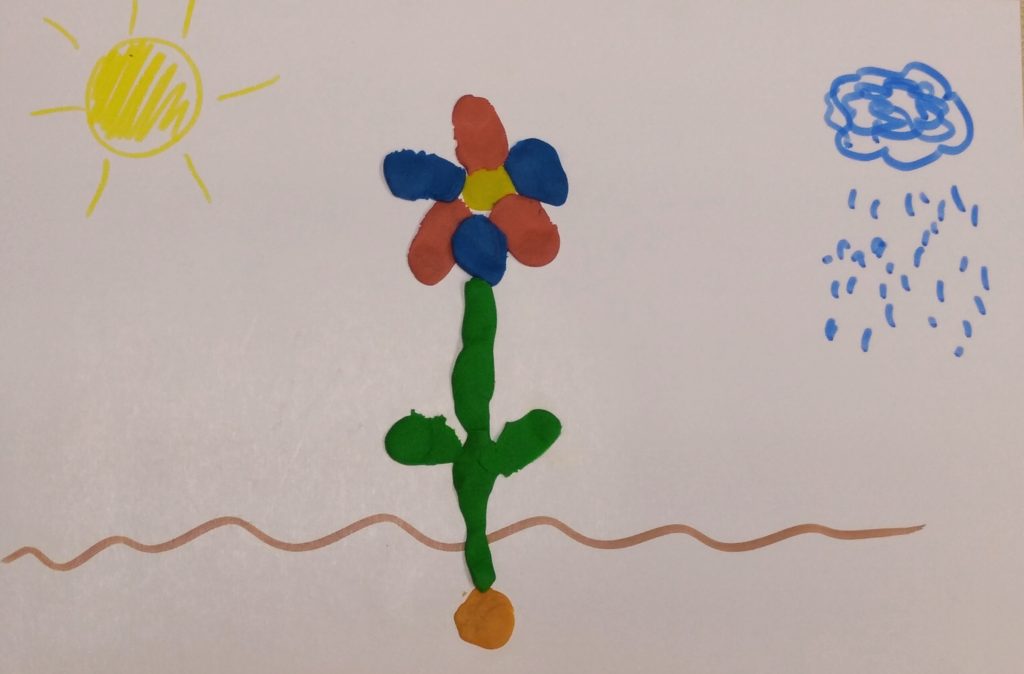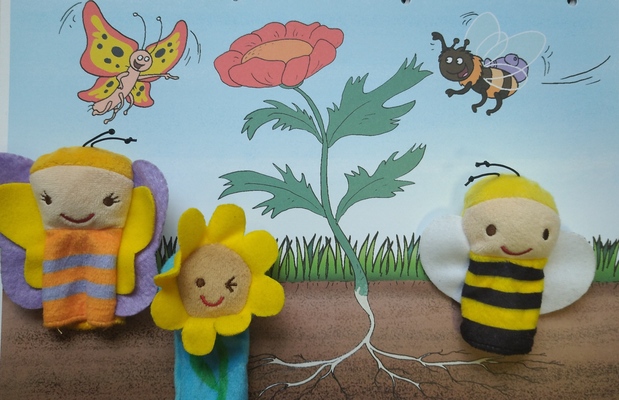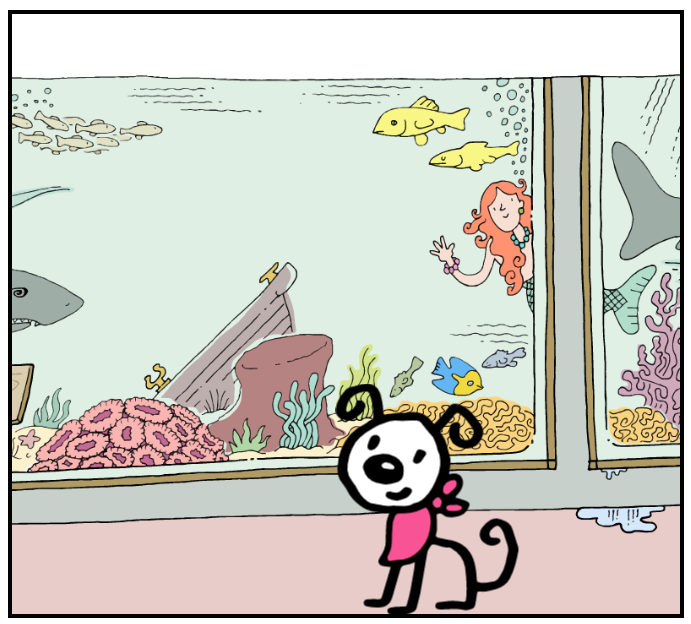
Forgive the grand name, I must have been in the mood for something like that, now I feel like the general Kutuzov himself.
Initially, I was planning to write a post on all the reasons of using stories in class and perhaps I am going to get down to it, eventually but I want to reasearch it properly so bear with me. It will take some time.
If you have not worked with stories much you can have a look at this post here, to look at the basics of using storybooks in the EFL classroom and here at one of the ways of building a lesson around a coursebook story.
Today, however, I would like to tell you about the behind the scenes work – everything that takes place in my VYL and YL classes to ensure that my kids are ready to tell stories.
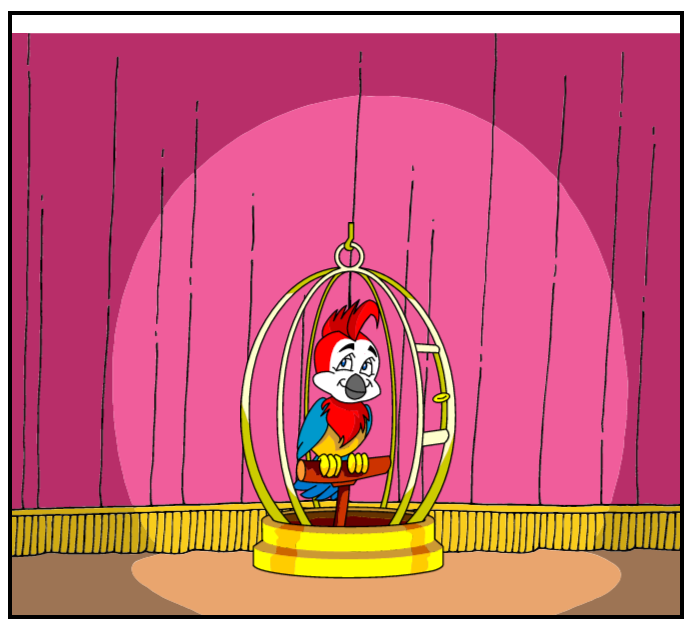
Why bother?
- To take my students from the receptive skills of storytelling towards the productive storytelling skills and in a more extensive way than just listening to the stories we read and which they help to retell
- To give them the appropriate tools to enable production (We Want More! (remember?)
- To unleash their imagination and creativity, step by step, even in pre-school.
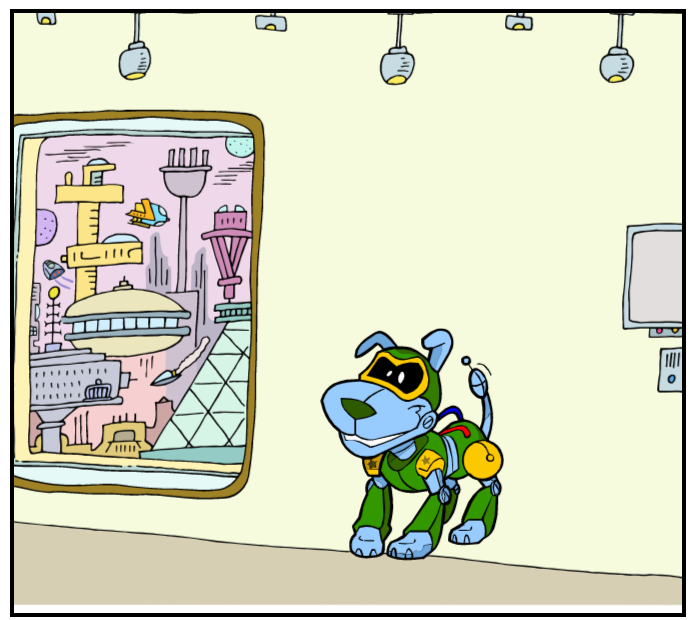
Step 1: Teaching adjectives
I wouldn’t want to say that the curriculum and the coursebooks we use with VYL or YL do not contain any adjectives at all. Yes, some of them are included but, in my opinion, there is a lot more potential than just the basic ‘happy, sad, angry’ and ‘big and small’. If you think about it, many coursebooks introduce adjectives only when they deal with comparatives and superlatives and, in my humble opionion, even the very young kids understand at least some of the opposites and they can use them to describe things.
For that very reason, the curriculum can be upgraded by adding:
- more emotions: happy, sad, angry, hungry, thirsty, tired, sleepy, not so good, great, good, OK.
- more adjectives to describe characters: brave, strong, clever, beautiful, ugly, scared and not scared, fast, slow.
- adjectives to describe objects and animals: funny, scary, long, short, old, new, clean and dirty.
It is true that it might not always be easy to depict these accurately but we can easily use the children’s growing ability to deal with symbols and all these concepts can be associated and explained with carefully chosen images.
Here you can find some of the vocabulary sets that I use with my pre-school and primary strudents. A very important note: children are not necessarily expected to memorise all of these and to be able to remember both the word and its written form. We stick to the curriculum as regards the tests and assessment but in our classes we use a lot wider vocabulary range than the coursebook suggests.
- The extended list of vocabulary for the year 1 of primary
- The extended list of opposites for year 2 and 3 of pre-primary

Step 2: Teaching verbs and teaching Present Continous
That is another topic or area which, in my opinion, can significantly contribute to the development of our little students’ storytelling skills but, at the same time, the area that has not really been reflected in the coursebooks. Fair enough, the Present Simple might not be the most essential structure to know. It not introduced explicitly in the pre-school coursebooks (to the best of my knowledge) and in primary it is a structure on the YLE Starters list but in the classroom, this one is introduced in year 2 of primary.
At the same time, this is the structure that can be easily introduced and clarified with gestures, a structure that can be used in the classroom, to clarify instructions or to manage the group and a structure that is very (very, very) useful while describing pictures and, later on, describing pictures which form a story, like in the YLE Movers and Flyers.
As for the content, these are some of the verbs that can be added to the curriculum
- everyday verbs: get up, eat, drink, brush your teeth, wash your face, get dressed, go to school, go to sleep, play, cook, watch TV, sleep.
- hobbies and free-time activities: dance, sing, draw, read, write, ride a bike, listen to music, jump, run, swim.
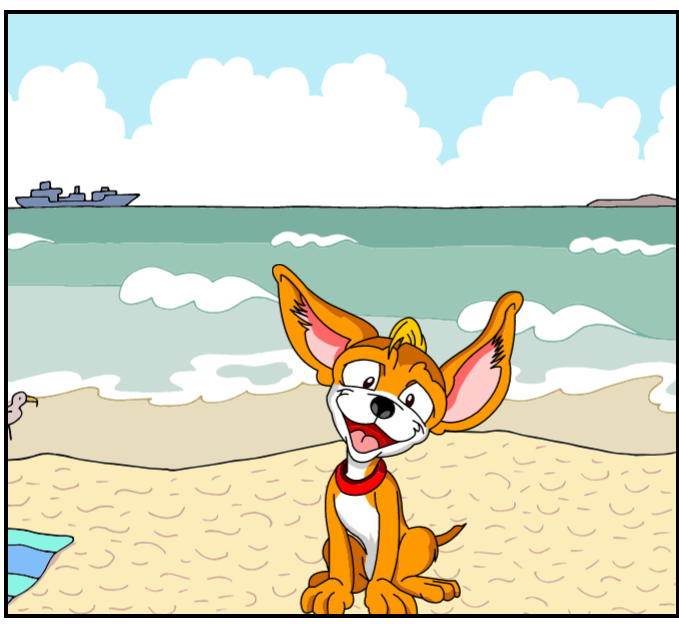
Step 3: Teaching the basic linking words
This is probably the most challenging step as it is the most abstract one and cannot be easily represented with flashcards. At the same time, the three basic linking words: and, but and because can be taught in the context.
These are the ideas that I tend to use with my students
- and: introduced as a follow-up of ‘I like / I don’t like’ to talk about our preferences ie ‘I like apples and bananas and cookies’ and it can be used with quite a few sets of vocabulary such as colours, toys, food, animals, pets, etc.
- but: introduced through the song ‘What do you like to do‘ by Super Simple Songs
- because: introduced when we talk about how we feel. We start with a simple ‘I’m good’, ‘I’m happy’ and then we slowly introduce the linking word ‘I’m happy because it is sunny’. The same applies to all the pictures and photographs we discuss.
In all three cases, the introduction starts with the children being exposed to complex sentences linked with three words and getting used to hearing them. Production comes later on, when they are ready.
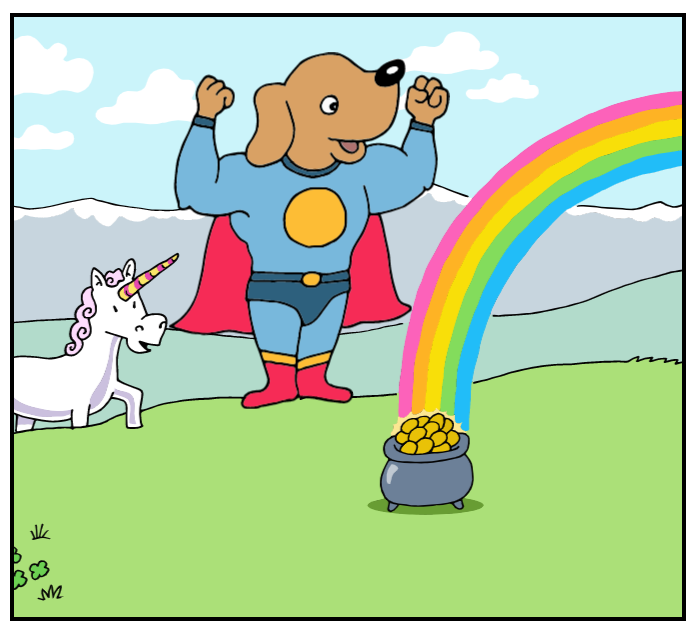
This is the first part of the post.
In part two I am going to share some of the activites we use in class. It’s half-ready)))
Happy teaching!
